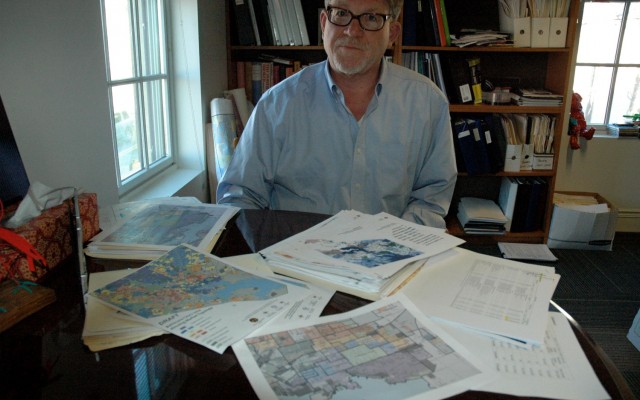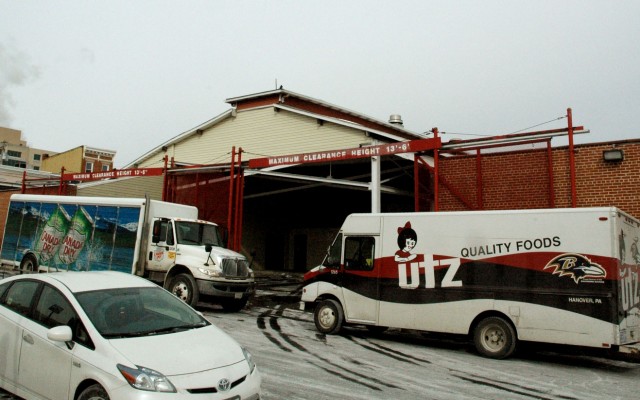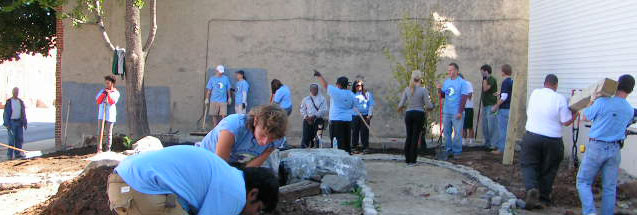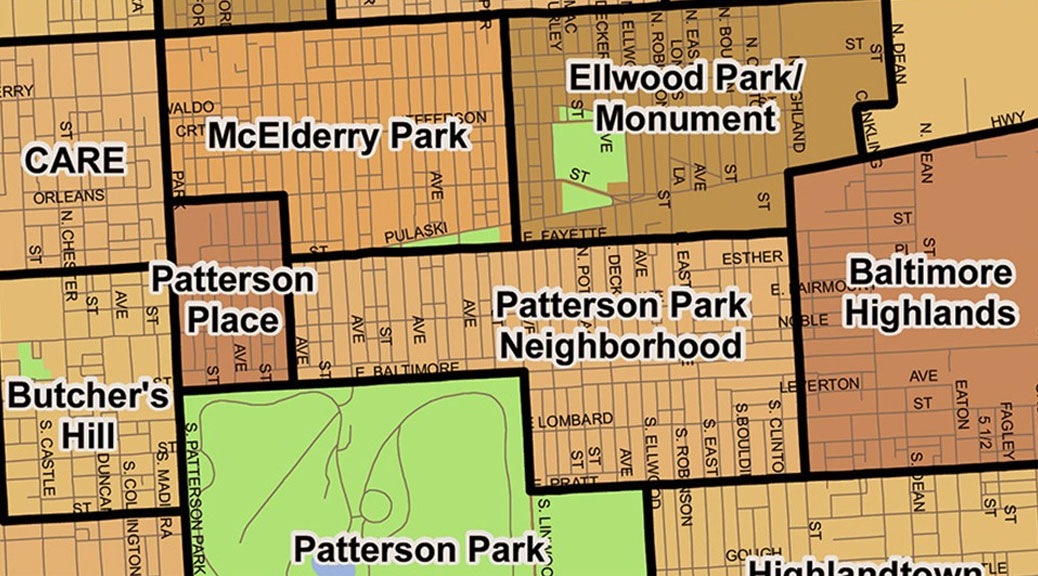Tap the phones at the Southeast Community Development Corporation and you’ll keep hearing about the good works of a wonderfully generous but mysterious person named “Bernie.”
In 2014, Bernie dedicated about $750,000 toward various revitalization efforts in East Baltimore. That money is being used for redevelopment, block parties, neighborhood marketing activities, creative landscaping and more.
It’s now 2015, and Bernie’s generosity has not waned. This person (man or woman–it’s one of those names) is paying for more efforts including an East Baltimore housing market stimulus, tree plantings, renovations, collaborative community art projects, construction, beautification and more.
Now that the joke has run its course, it’s time for the punch line: “Bernie” is the popularly-adopted pronunciation of the acronym BRNI; the Baltimore Regional Neighborhood Initiative.
The initiative was created in 2013 as a pilot program Maryland House of Delegates Speaker Michael Busch and Delegate Pete Hammen, to “demonstrate how strategic investment in local housing and businesses can lead to healthy, sustainable communities with a growing tax base and enhanced quality-of-life.”
The money is available only to established nonprofit community development corporations such as the Southeast CDC.

Chris Ryer, director of the Southeast CDC, is particularly pleased with the recently-released news of this year’s disbursement. In spite of a 40-percent reduction from last year in state capital projects monies, the Southeast CDC and its partners still managed to receive funding for the majority of its proposed neighborhood initiatives.
“We pulled together all our partners and came up with 10 capital projects,” Ryer says. “Seven of them got funded.”
A brief summary of the Southeast CDC’s seven BRNI projects for 2015:
- A housing market stimulus program that Ryer calls “a catch-all” will receive funding. This includes money for special housing counseling services tailored to the neighborhoods of CARE, McElderry Park and Dundalk, “to get people on the road to homeownership who don’t think they can,” says Ryer. It includes funding for The Reinvestment Fund, a bank-like social capital firm that will offer construction financing to small contractors. The money will also help MICA students collaborate with residents in community art projects and will add funding to the Live Near Your Work Program for Johns Hopkins employees who wish to buy homes in the CARE and Patterson Park neighborhoods. Ryer notes that last year, the Southeast CDC assisted 77 Live Near Your Work clients, with these BRNI funds, the incentive for some homebuyers will grow from $6,000 to $36,000 in the Hopkins Live Near Your Work program.
- BRNI money will provide funding for street trees on E. Fayette Street and other locations, helping to neutralize the “heat island effect” and contributing to a massive, multi-partner effort to
establish a substantial tree canopy in East Baltimore.

- Funds will be used to renovate the south end of Northeast Market, one of the city’s largest and most historic public markets, just east of Hopkins. This section, which includes an unsightly and unsafe loading dock, will be renovated to bring it up to par with the rest of the market.
- In partnership with HEBCAC (Historic East Baltimore Community Action Coalition), Southeast CDC BRNI funds will enhance the city’s Vacants to Value project in East Baltimore from Eager St. to Ashland Ave., and Milton Ave. to Patterson Park Ave., where approximately one third of the row houses will be demolished, one third will stay, and one-third will be rehabbed by HEBCAC. BRNI money will go toward maintenance, facade work and a model home in the 900 block of N. Milton Ave.
- The Door, a church that has become a community center at 219 N. Chester St., will receive $35,000 in BRNI money. “The city just helped them get a cool roof,” says Ryer. “We’re helping them with air conditioning, which will allow them to expand their summer programming for kids.”
- A similar capital project at the Center for Graceful Living, at Amazing Grace Lutheran Church, 2424 McElderry St., will enhance that center’s community programming.

- A $120,000 allocation will improve vacant lots in the CARE community with the assistance of Civic Works, an AmeriCorps program for young people that provides a college stipend as well as valuable work experience. “Hopefully this will be a springboard for neighborhood young people into a sustainable career,” said Ryer.
Ryer says that while all the BRNI projects will add to the revitalization of the neighborhoods north and west of the Southeast CDC’s recent focus on Highlandtown, programs that promote homeownership–either through BRNI or the Southeast CDC’s housing counseling program–are critical.
“People are worried about gentrification,” he says, adding that the best solution is to help them become homeowners, so that when housing prices go up, the residents will also build equity and capture the value of the appreciating asset. “That’s the American dream”, said Ryer.
BRNI is a three-year initiative; the projects specified for 2015, are for the second year, Ryer explains.
“It will take awhile, but I expect that by the end of the year you’ll start to see a difference in the neighborhoods, and hopefully investment and the housing market in these neighborhoods will increase,” he said. “We hope that we will demonstrate the program’s value in the three-year pilot program, and create a new funding stream for community revitalization in the Baltimore area”, said Ryer.
In addition to the BRNI funding, the Southeast CDC has also applied for and received three 2015 Community Legacy grants for projects in Highlandtown and Patterson Park. They include an exterior rehab of Sokol, a centuries-old Bohemian organization that now provides gymnastics classes for children and adults on Noble Street, placemaking projects in the Highlandtown Main Street District, and a renovation of historic carriage houses into artists’ work space. Combined, the 10 BRNI and Community Legacy projects total $1 million in support from the Maryland Department of Housing and Community Development–enough to make a real difference in these neighborhoods.
